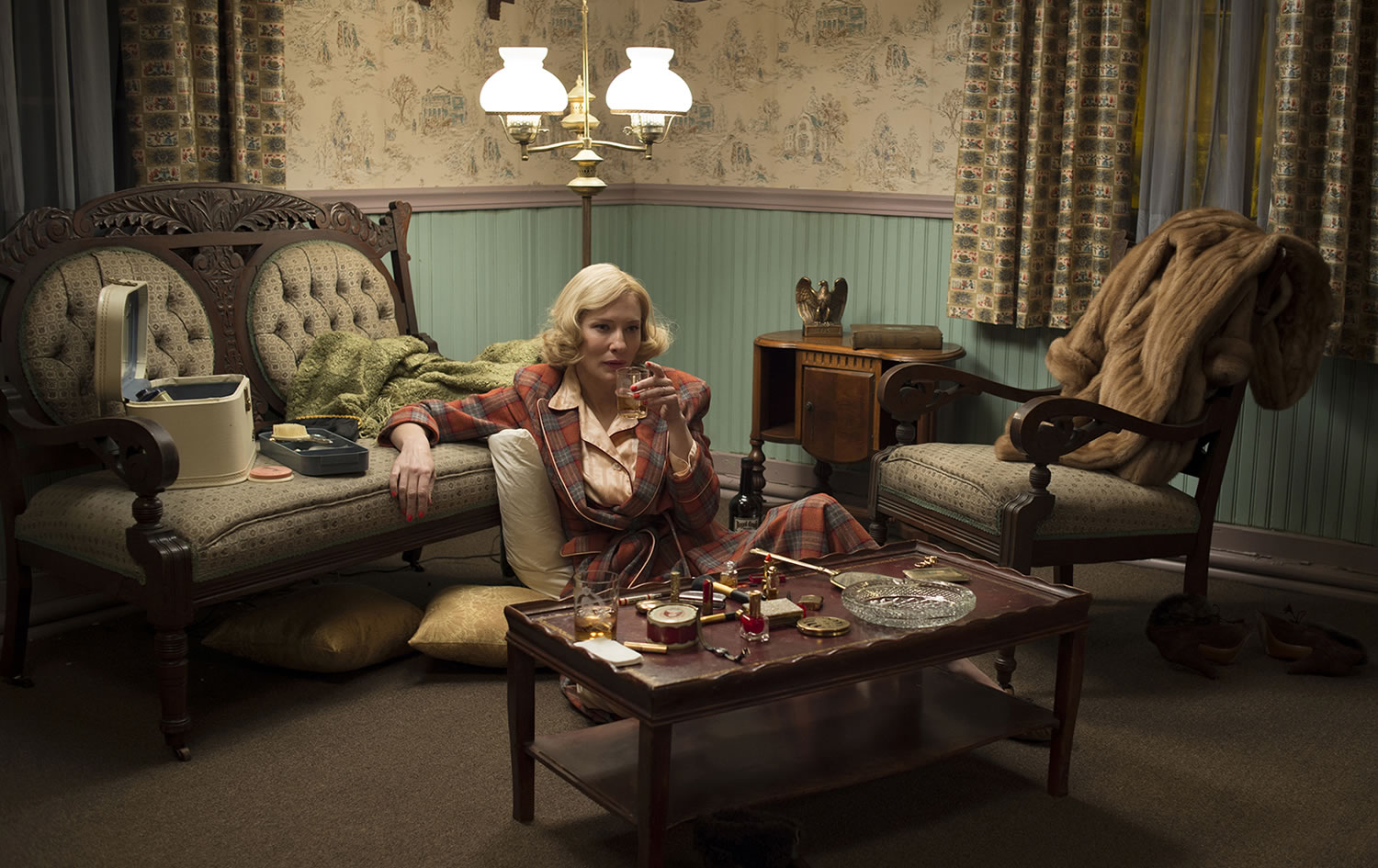‘Carol,” an adaptation of a 1952 novel by Patricia Highsmith directed by Todd Haynes, sweeps the viewer up into a heady, exquisitely choreographed dream, casting as beguiling a spell as its seductive title character.
Carol Aird (Cate Blanchett) is a stylish New Jersey homemaker, in Manhattan for some last-minute Christmas shopping, who spies Therese, a watchful shop girl. The two have a perfectly unimportant interaction about dolls and toy trains, ending in a sale, when something cataclysmic happens: Carol turns on her way out, smiles slyly and, pointing to the Santa cap Therese wears with obvious discomfort, says, “I like the hat.”
It’s electrifying and, for Therese, portrayed by Rooney Mara in Audrey Hepburn style, a defining moment. Finally, she’s been seen, in a deeper, more knowing way than ever.
“Carol” traces the women’s friendship that gradually, inescapably, becomes a passionate romance, bringing the audience along on a love affair born of instinct, affinity and the instantaneous connection that Rilke compared to “two solitudes,” touching and greeting each other.




